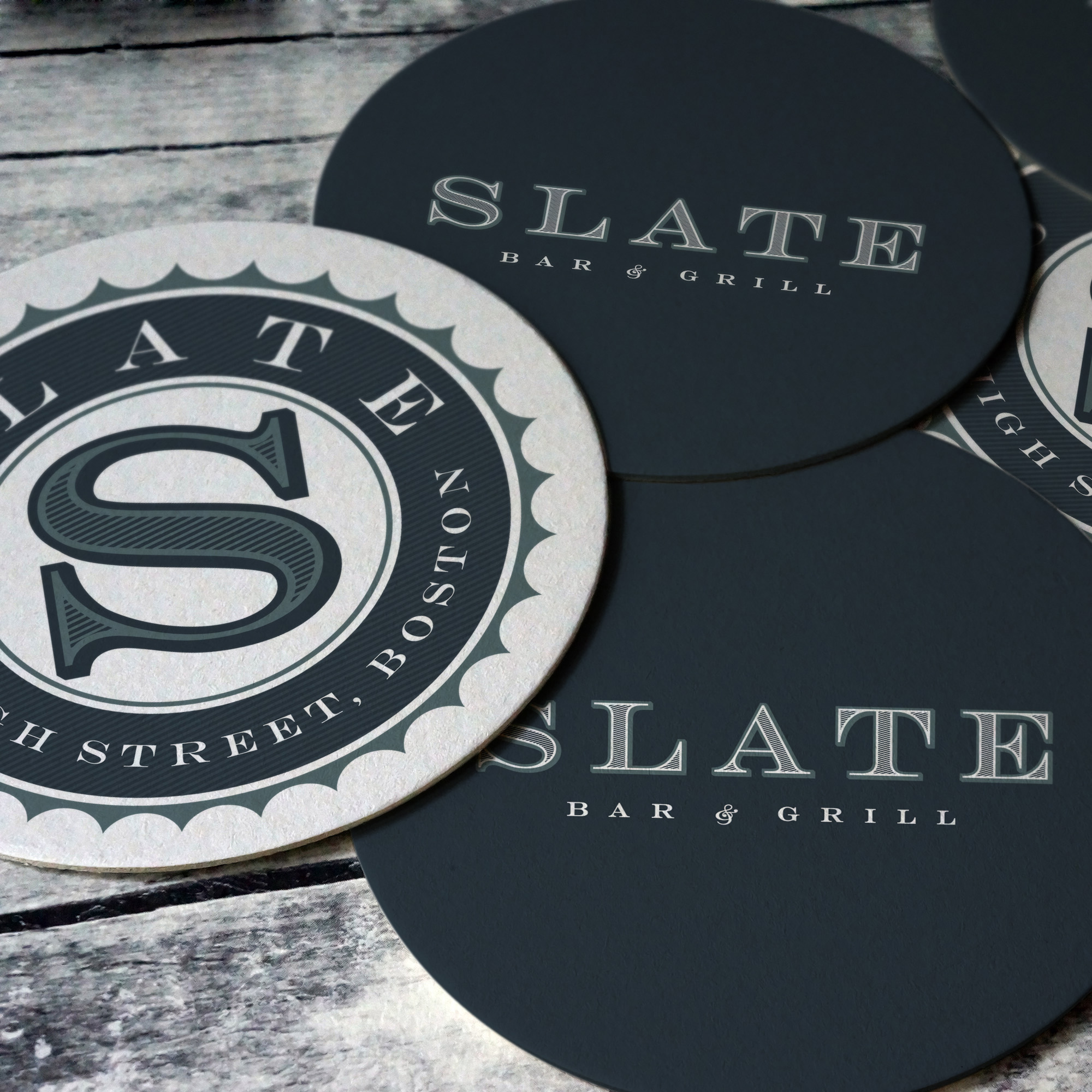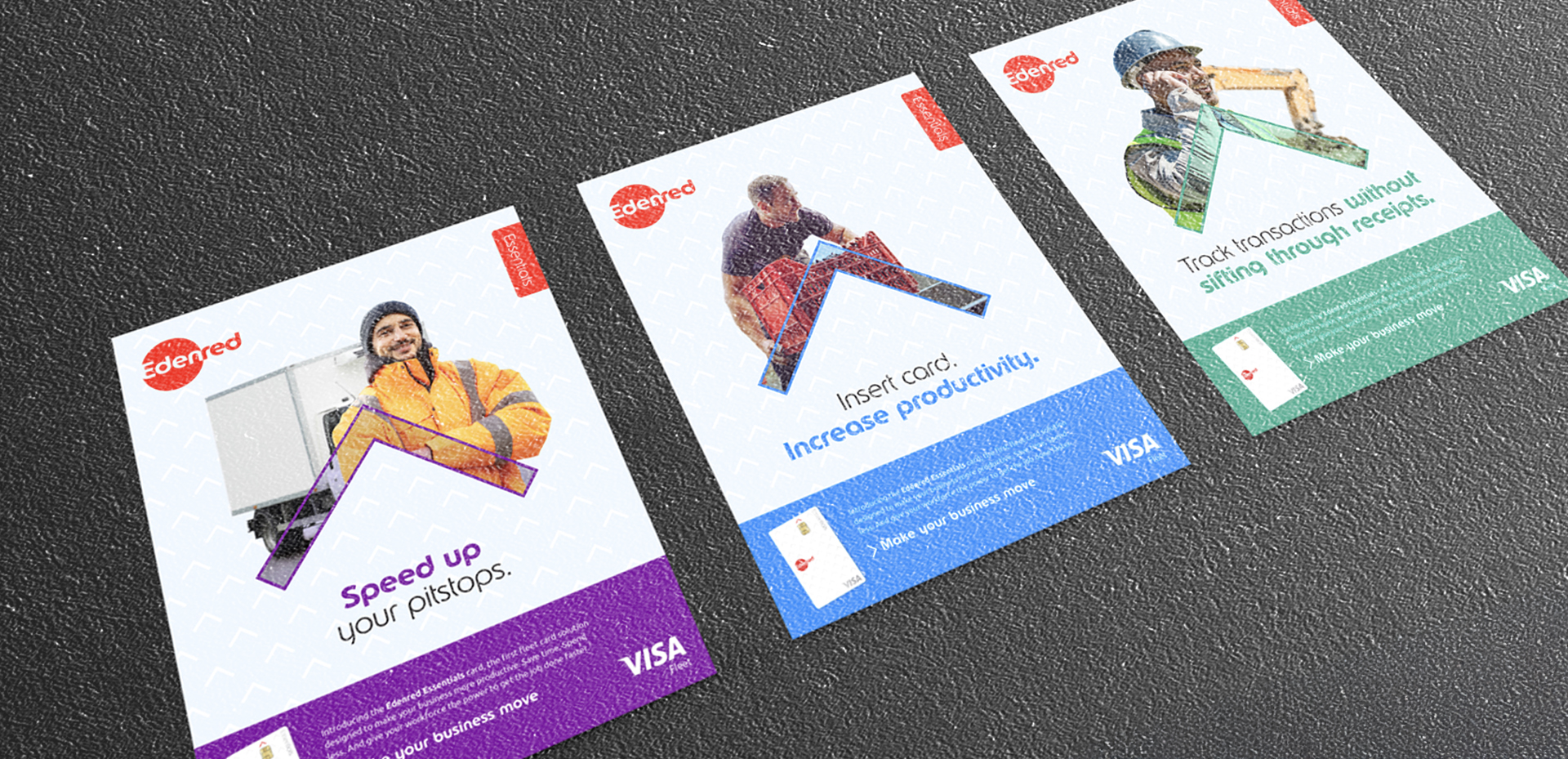Client: Confidential
What we did: Strategy, planning & buying, digital, social and traditional media campaign, analytics and optimization
Driving better results across health insurance markets
When one of our health insurance clients expanded their coverage across 18 states, entering several new markets, the team wanted to create a campaign that engaged prospects, increased consumer consideration of the brand, and ultimately encouraged applications.

The channel mix in this campaign was designed to dent the brand's awareness challenge while driving prospects to engage with the website.
Specific awareness channels included Linear TV, CTV/OLV, YouTube, Linear Radio, Digital Audio, OOH, DOOH, Contextual, and Behavioral Programmatic.
The consideration tactics included Paid Social, Paid Search, and Display Retargeting.
Challenges our campaign had to overcome
Our client’s goal was to drive acquisition in three key markets—one was new territory for the brand, while the other two had received minimal marketing support. Adding to this challenge was a marketing budget that was 15% less than the previous year. This required a more tailored, strategic, and efficient approach to achieve the results they wanted.
Identifying our prospective opportunities
Since we were operating in markets with little or no awareness of our client’s brand, before developing our plan, we researched consumer opportunities. We assessed usage and penetration data alongside third-party information like census data and target-audience media behavior to identify effective ways to reach and engage potential customers.
Using MRI-Simmons data, we identified high usage rates of traditional media like TV, radio, and outdoor media, as well as social media, YouTube, and the internet. Our target audience also indexed high for interacting with digital advertising within venues like drugstores, convenience stores, and grocery stores.
Developing a comprehensive full-funnel campaign approach
We implemented a comprehensive strategy that utilized both offline and online channels. Some channels were focused on building brand awareness, while others targeted engagement and direct-response metrics. And we combined traditional media with digital platforms to reach and engage our target audience.
How we measured success
Our approach to assessing the campaign’s performance was also comprehensive, including deterministic and probabilistic evaluations. This strategy combined direct-channel measurements with a media mix model to analyze how each channel contributed to the final results.
The results
192% Growth in website sessions
During the campaign, website traffic from the test markets showed a 192.5% lift compared to the prior year. This growth represented a more than 4X increase in year-over-year website visits compared to the control markets, which saw a 32.9% increase in site traffic from the prior year.
14% Awareness increase
As a broad awareness-centric measure, we tracked the total number of times our client’s branded terms were searched by consumers online during the campaign. This measure is a good proxy for interest and awareness. Our campaign saw a 14% increase in branded search compared to the prior year.
137% Improvement in average conversion rate
While all application activities happened on a third-party website and could not be tracked by our campaign analytics, we did track the percentage of campaign visitors who clicked off-site to start their applications. Using these “intent conversions,” we saw 23.5% of all campaign visits take this intent conversion action. This conversion rate represented a 137.4% improvement over the prior year’s campaign.
Both creative and tactics drive performance
While marketers may debate the importance of creative versus tactics, in our testing, we found that both were critical to delivering a strong performance. We found the endorsement value of a co-branded ad drove a significantly higher click-through rate (CTR). At the same time, using the right tactics and ad objectives also resulted in higher CTR and overall conversion rates.
Strong correlation between channel investment and conversions
To fully understand the impact of the campaign’s full funnel approach, we conducted a media mix analysis across all media channels and their relationship to the results. Across our digital and traditional channels, we saw a strong correlation with an R-squared score of over .78, translating to a strong correlation between the media spend in these channels and the resulting conversions.
The takeaway
While every campaign has its challenges and opportunities, one thing that set this one apart was smart testing, focused on exploring major concepts and ideas rather than minor changes. Including tactics, targeting, and ad objectives in our testing also helped us deliver the best results possible.
Pro tip: When you focus on the outcomes your campaign hopes to deliver, you’re more likely to identify opportunities and make adjustments mid-campaign, leading to a greater likelihood of success.


